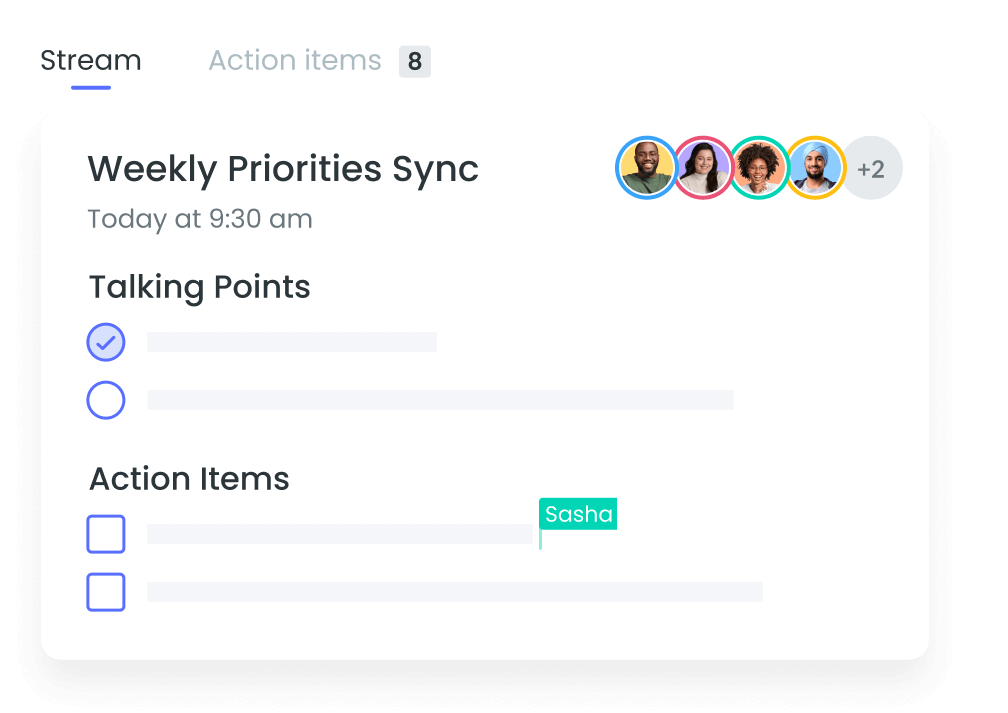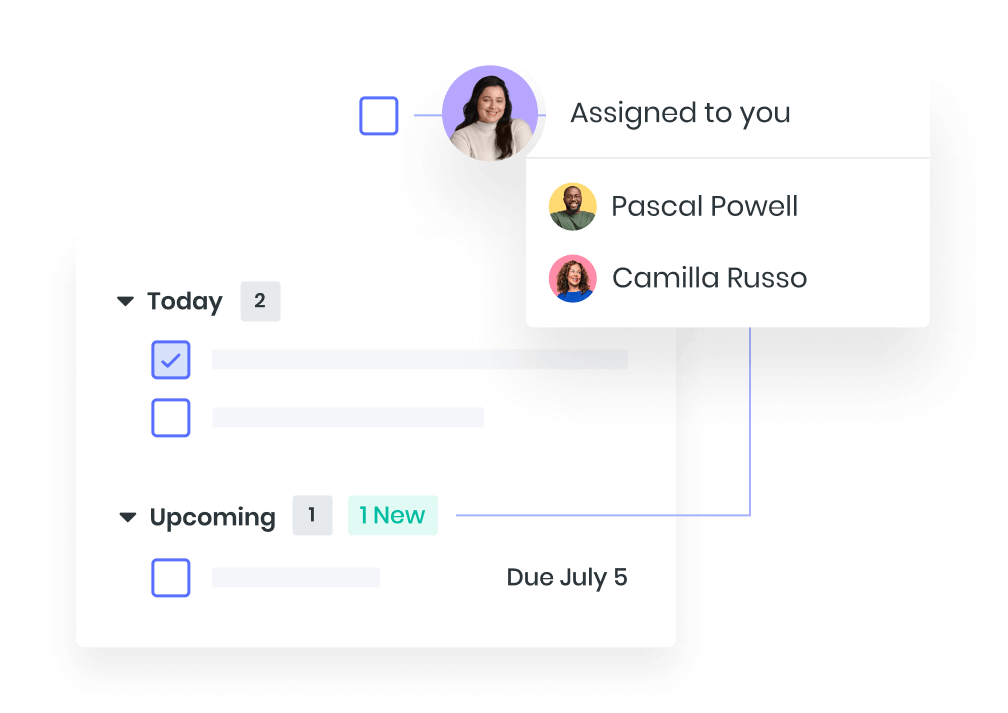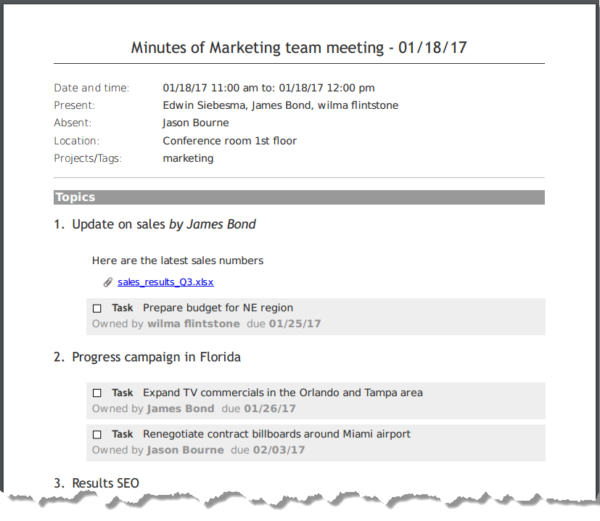How to Write Meeting Minutes – As the secretary, you are tasked with writing minutes for your company or business meeting. Minutes should be thorough but should also be concise written in short points that outline the key decisions made by your manager or board of directors during a meeting. This article will help you to write minutes in a meeting.
Table of Contents
What are meeting minutes?
Meeting minutes are a written record of the conversation and decisions that are made over the course of a meeting. Meeting minutes are applicable to any kind of group within a company, including a board meeting, where the parties involved include boards of directors.
This type of meeting notes can actually be written for any kind of meeting that requires an official record. This written record can then be used to either inform team members who weren’t able to attend what happened or to keep track of decisions and action items that can be revisited. Minutes from previous meetings can therefore be used in order to make future organizational decisions.
Learn how Fellow can help you manage meeting minutes
What is the purpose of meeting minutes?
So what’s all the hype around meeting minutes? To start, they provide a historical record of the company’s short and long-term planning. Participants have the ability to use the meeting minutes as a record for future reference, to understand what kinds of progression has taken place.
Minutes also provide legal protection for the organization. Many times, due diligence is captured in companies’ meeting minutes, which can then be officiated and documented to confirm the ethical, fair practices of the organization. Meeting notes also serve as proof of why and how a company came to certain decisions. This is going to be helpful in answering any questions that arise in reference to decisions that have been made.
In a recent article about how to take better minutes, Business Training Works highlights the importance of meeting minutes:
- They are a record of a group’s decisions and actions
- They are a reminder of who was given assignments
- They are evidence of deadlines
- They are a benefit for people who are absent when decisions are made
Meeting Minutes Examples
1 Formal Meeting Minutes Example
Formal meeting minutes are used to document big or official decisions that often require approval. These meeting minutes use formal language and are structured with the purpose of being shared with all of the meeting participants afterwards.
Formal meeting minutes are commonly used by nonprofits, government, schools, and public companies. In fact, most trade unions, schools, city and county governments model their meeting minutes based on Robert’s Rules of Order.
If you’re writing minutes for a formal meeting, it’s important to document as much information as possible, and keep the meeting format consistent from meeting to meeting.
It’s smart to use a meeting template for more formal conversations to give them the structure that you’re looking for. Organization of notes is key, since you’ll be sharing the notes with everyone afterwards.
Formal Meeting Minutes [Example]
Company + Department Name
Date
1. Call to order
[Meeting facilitator] called to order the regular meeting of [Organization] at [time] on [date] in [location].
2. Roll call
[Secretary] conducted a roll call. The following persons were present:
[List of attendees]
3. Approval of minutes from last meeting
[Secretary] read the minutes from the last meeting. The minutes were approved.
4. Open issues
- Open issue + Summary of discussion
- Open issue + Summary of discussion
5. New business
- New business + Summary of discussion
- New business + Summary of discussion
6. Adjournment
[Meeting facilitator] adjourned the meeting at [time meeting ended].
Minutes submitted by: [Name]
Minutes approved by: [Name]
2 Informal Meeting Minutes Example
Informal meeting minutes serve as a quick reference to important topics that have been covered in your meeting such as goals, obstacles, deadlines or ideas that have surfaced.
If your organization doesn’t require you to use a specific meeting minutes template, you can use and customized a simpler template. Contrary to a formal meeting minutes template, no one needs to have approved the minutes for this type of meeting and they serve to only document the key points and next steps.
Here’s an informal meeting minutes template you can use to record decisions at your team meetings:
Informal Meeting Minutes [Example]
Meeting attendees
Date
1. Meeting objective
State the purpose of your meeting: what are you planning to accomplish?
2. Talking points
- New talking point
- New talking point
3. Action items
- New action item, due date, and assignee
- New action item, due date, and assignee
7 things to include when writing meeting minutes
1 Date and time of the meeting
Before you actually start writing your meeting minutes, note the date and time of the meeting. Seems like a no-brainer, but it’s worth a mention seeing as it’s so important to be able to go back to previous meetings and understand when they happened, what’s been accomplished, and what’s still outstanding.
2 Names of the participants
The next step is to document the names of all of the participants and any other people who weren’t able to attend. Usually, at the beginning of the meeting, there’s some time dedicated to the acceptance or amendment to previous meeting minutes so you can take a look at who attended last time to have a draft version of an attendee list. Better yet, use the calendar invite to check names as participants join or enter the room.
If you use Fellow to build your meeting agendas and write meeting minutes, the meeting date, time, and attendees will show up automatically! (A.K.A: one less thing to worry about).

3 Purpose of the meeting
It’s pretty important that the “why” behind this meeting is documented and made obvious. In this part of the meeting minutes, try to be detailed in explaining why this meeting was called and what it’s trying to achieve. This is going to especially be useful for any individuals who were unable to attend the meeting and for anyone who is using the outcomes of this meeting to fuel decisions.
4 Agenda items and topics discussed
Try using your meeting agenda as a general outline for your meeting notes and use each agenda item as a section to record notes on, including any outcomes or major decisions that have been made.
It’s a good idea to send out your meeting agenda in advance so that everyone can make suggestions and contribute to it. This also means that no one’s walking into the room blind to what’s going to be discussed.
Using a meeting minutes template that you can use on a recurring basis is also going to save you a lot of time and energy and foster some familiarity. In a recent Harvard Business Review article by Steven G. Rogelberg, he highlights why meeting agendas matter so much:
“What matters is not the agenda itself but the relevance and importance of what’s on it, and how the leader facilitates discussion of the agenda items.”
Having a meeting agenda isn’t worth your time unless you’re going to discuss the most relevant and pertinent topics in an engaging manner. Definitely some food for thought.
5 Action items
Productive meetings result in assigning action items to different participants. Record any decisions or action items as soon as they happen so that you can transcribe them with accuracy.
Capturing everything would be impossible, so instead, listen for actions that need to be made in relation to major decisions, recommendations, challenges or solutions that have been identified.
Recording the action items of a meeting is going to enable you as a group to hold each other accountable for your responsibilities and support one another in getting tasks done that bring you closer to achieving your larger, organizational goals.

6 Next meeting date and place
If you’re taking formal meeting minutes, it’s important for the meeting attendees to know when the call to order for the next meeting is, with regard to this project or topic of discussion. This gives you a general timeline of how long you have to complete the responsibilities that have been assigned to you.
Understanding when you’re meeting next is going to help you manage your time appropriately and prioritize all of your tasks appropriately. It’s as important to know the place of your meeting, whether it be online or in person.
Make sure you have the appropriate software downloaded, or if it’s an in-person meeting, that you’ve calculated how long you’re going to sit on the highway – in which case you should probably have a podcast downloaded and ready to go!
7 Documents to be included in the report
The last thing to include are supplementary documents that you should send out with your minutes in the meeting report. Think about if any documents were used or referenced in the meeting which may be useful to include for your team members. This could include an action or issues log, KPIs, updates or changes to the project. An article published by G2 articulates the importance of sending your meeting minutes out ASAP:
“Once the meeting is over, it’s time to tidy up your notes and distribute them to your team. The best time to do this is directly after the meeting while everything is fresh in your mind. This decreases the chance of mistakes and allows you to reach out to meeting participants if you have questions.”
Even though you’re sending this report out as quickly as possible, make sure that you write the minutes well, focusing on quality, seeing as this serves as a minute record which will be referred to in the future.
Conclusion
From tracking who is on first to making sure your boss is on time, meeting minutes are vital for any business. Writing meeting minutes ensures the records of meetings are safely tucked away for posterity. Writing minutes of a meeting can be the work of more than one person, but both enjoy equal responsibility for accuracy
